Workplace Survival Guide: How To Fight Discrimination, Whistleblowing and the Workers' Compensation System
Nonfiction, Reference & Language, Law, Discrimination, Labour & Employment| Author: | Cathy Harris | ISBN: | 9781301916597 |
| Publisher: | Cathy Harris | Publication: | December 2, 2012 |
| Imprint: | Smashwords Edition | Language: | English |
| Author: | Cathy Harris |
| ISBN: | 9781301916597 |
| Publisher: | Cathy Harris |
| Publication: | December 2, 2012 |
| Imprint: | Smashwords Edition |
| Language: | English |
Most workplace complaints are filed on the basis of race, color, religion, sex, national origin, disability, or age.
Most workplaces in America have a system set up to make it appear as though when you file a workplace discrimination complaint that you will receive justice. It is called the Equal Employment Opportunity Commission (EEOC.gov).
The EEOC enforces federal laws prohibiting employment discrimination, however, EEOC has many flaws and one must understand that things will not change overnight. However, filing a “workplace complaint” is a good first start to shine the light on what is really occurring at your workplace.
Because of the fallen economy and during hard times, managers, supervisors and others in the workplace will bring in others who look like them –their own relatives, friends and neighbors. These types of internal practices have left many American workers out in the cold with no place to go.
As students embark into the workforce for the first time, many will ponder office perks, work scenarios, and upper mobility. For many it will be their first experience as victims of work abuse. Besides women, and minorities --there has been an alarming pattern of workplace abuse involving teenagers, the most vulnerable group of complainants.
Hundreds of teenagers file discrimination complaints each year with EEOC and other state and local civil rights agencies. More than 70 percent of the cases are sex-related.
The problem is far more prevalent than reported cases suggest. Many of the cases are not reported because many of the teens are really fearful. They have been told that if they told an adult they would be retaliated against. Nationally, most of the charges are against employers in fast-food restaurants, retail and other service industries, places where most of the nation’s nearly 6 million teen workers are employed.
While rape is among the worst abuse teens face on the job, it’s rare. But it does happen. Teens are very savvy in certain areas like fashion, technology and pop culture --but are a lot less savvy when it comes to their rights on the job. This is a huge population of students basically being exposed to sexual assaults or other sexual perverted behaviors.
As we move increasingly more towards diversity, workplaces must learn to treat everyone with dignity. They must embrace fair hiring not only because it is the right thing to do also because it’s good business. There must be checks and balances put into place to make sure that there is more than just an appearance of justice when you file a workplace discrimination complaint.
Women, minorities and teenagers should not and cannot afford to back away from the workplace. Some companies welcome women, African Americans or gays, but are horrible at welcoming the “disabled.” If you don’t have an inclusive workforce, people know that. The word “a diverse market” gets out pretty fast. You have to “walk the walk!”
Minorities, especially African Americans who are treated as if they are second and third class citizens in their own country, are no longer “the last hired and first fired.” Nowadays --they are not hired at all.
We can no longer turn a blind eye to these types of disparities. Remember tough times, means tough choices and this book will lay out an action plan for you and your entire family to take control of your own life should you find yourself facing workplace discrimination or any other disparities in the workplace.
This book will show everyone -- how to fight workplace discrimination, whistleblowing and the workers’ compensation system –AND WIN.
To learn more about discrimination in the workplace read the two-part volume book “Discrimination 101: The Complete Guide to Recognizing and Surviving Discrimination in the Workplace” (Volume I and II). Good luck!
Most workplace complaints are filed on the basis of race, color, religion, sex, national origin, disability, or age.
Most workplaces in America have a system set up to make it appear as though when you file a workplace discrimination complaint that you will receive justice. It is called the Equal Employment Opportunity Commission (EEOC.gov).
The EEOC enforces federal laws prohibiting employment discrimination, however, EEOC has many flaws and one must understand that things will not change overnight. However, filing a “workplace complaint” is a good first start to shine the light on what is really occurring at your workplace.
Because of the fallen economy and during hard times, managers, supervisors and others in the workplace will bring in others who look like them –their own relatives, friends and neighbors. These types of internal practices have left many American workers out in the cold with no place to go.
As students embark into the workforce for the first time, many will ponder office perks, work scenarios, and upper mobility. For many it will be their first experience as victims of work abuse. Besides women, and minorities --there has been an alarming pattern of workplace abuse involving teenagers, the most vulnerable group of complainants.
Hundreds of teenagers file discrimination complaints each year with EEOC and other state and local civil rights agencies. More than 70 percent of the cases are sex-related.
The problem is far more prevalent than reported cases suggest. Many of the cases are not reported because many of the teens are really fearful. They have been told that if they told an adult they would be retaliated against. Nationally, most of the charges are against employers in fast-food restaurants, retail and other service industries, places where most of the nation’s nearly 6 million teen workers are employed.
While rape is among the worst abuse teens face on the job, it’s rare. But it does happen. Teens are very savvy in certain areas like fashion, technology and pop culture --but are a lot less savvy when it comes to their rights on the job. This is a huge population of students basically being exposed to sexual assaults or other sexual perverted behaviors.
As we move increasingly more towards diversity, workplaces must learn to treat everyone with dignity. They must embrace fair hiring not only because it is the right thing to do also because it’s good business. There must be checks and balances put into place to make sure that there is more than just an appearance of justice when you file a workplace discrimination complaint.
Women, minorities and teenagers should not and cannot afford to back away from the workplace. Some companies welcome women, African Americans or gays, but are horrible at welcoming the “disabled.” If you don’t have an inclusive workforce, people know that. The word “a diverse market” gets out pretty fast. You have to “walk the walk!”
Minorities, especially African Americans who are treated as if they are second and third class citizens in their own country, are no longer “the last hired and first fired.” Nowadays --they are not hired at all.
We can no longer turn a blind eye to these types of disparities. Remember tough times, means tough choices and this book will lay out an action plan for you and your entire family to take control of your own life should you find yourself facing workplace discrimination or any other disparities in the workplace.
This book will show everyone -- how to fight workplace discrimination, whistleblowing and the workers’ compensation system –AND WIN.
To learn more about discrimination in the workplace read the two-part volume book “Discrimination 101: The Complete Guide to Recognizing and Surviving Discrimination in the Workplace” (Volume I and II). Good luck!
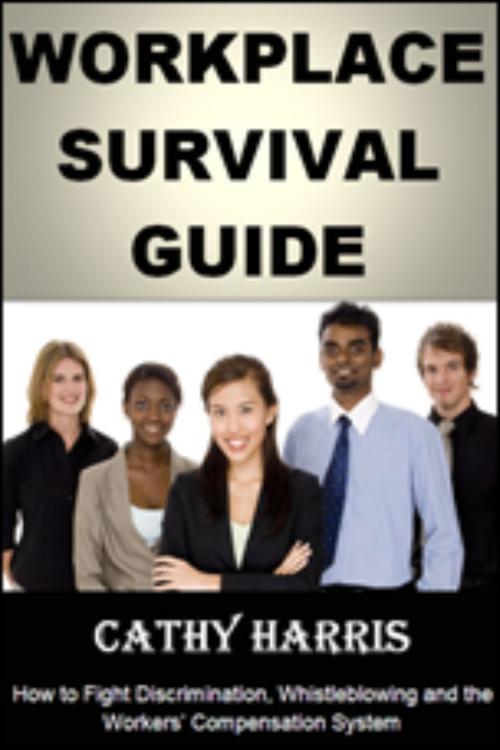
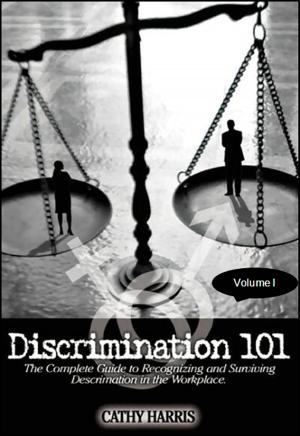



![Cover of the book How To Survive Unemployment [Article] by Cathy Harris](https://www.kuoky.com/images/2012/december/300x300/9781301344123-vX9b_300x.jpg)
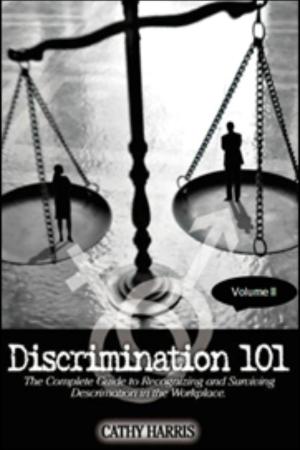

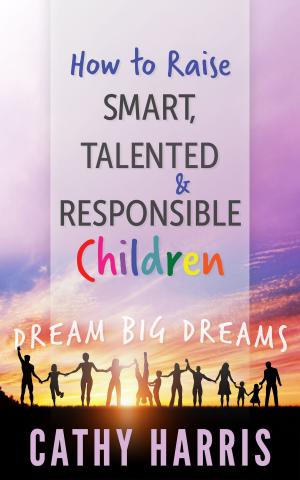


![Cover of the book How To Gain Back Your Mental Clarity by Eliminating Heavy Metals [Article] by Cathy Harris](https://www.kuoky.com/images/2013/january/300x300/9781301931231-hOed_300x.jpg)
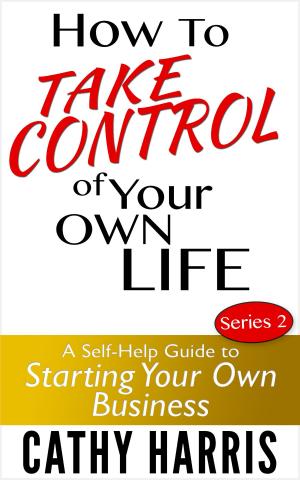
![Cover of the book How To Gain Funds To Finance Your Business [Article] by Cathy Harris](https://www.kuoky.com/images/2012/december/300x300/9781301260232-P6mx_300x.jpg)

